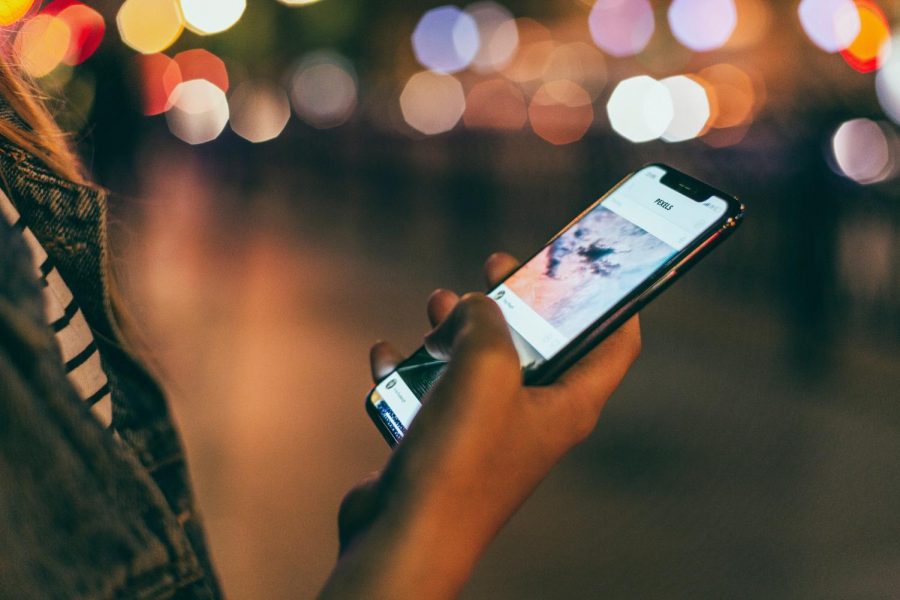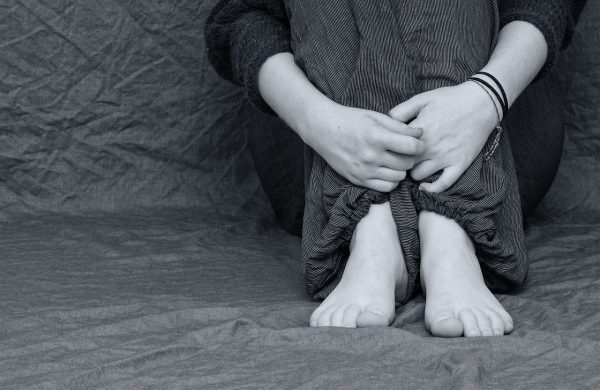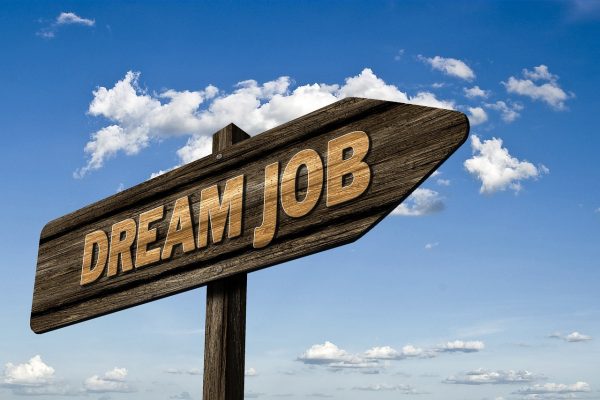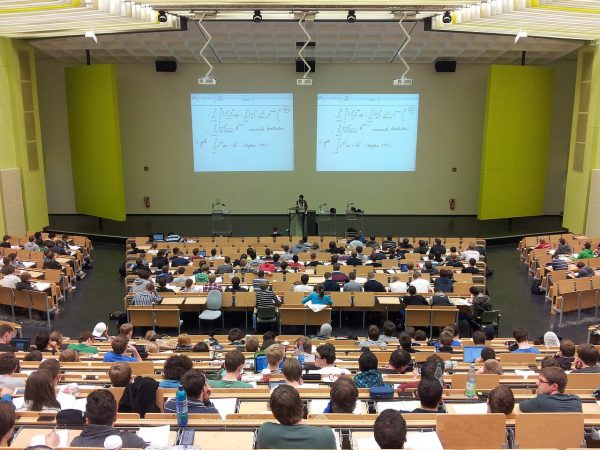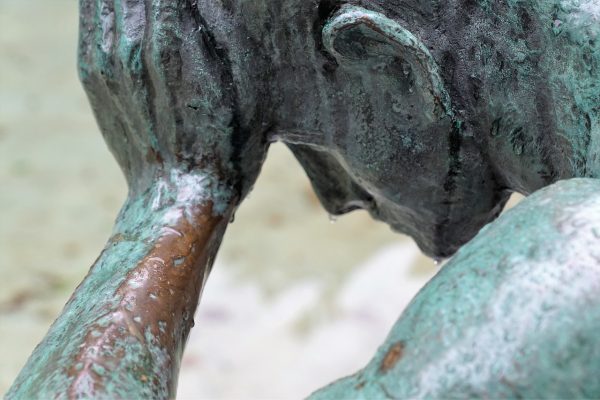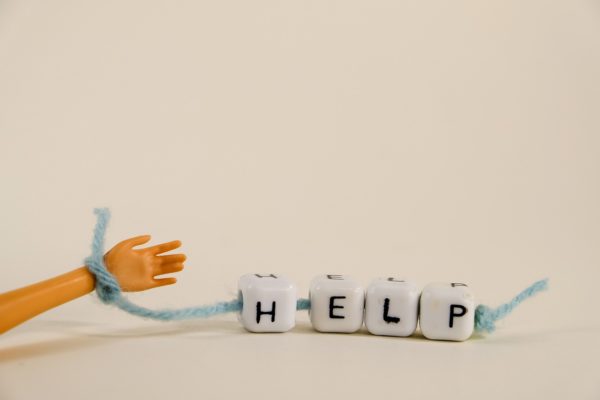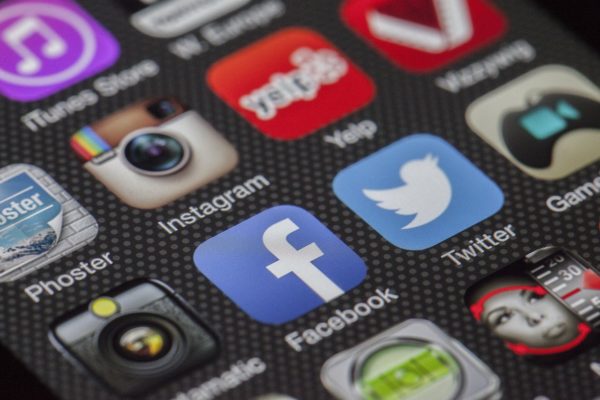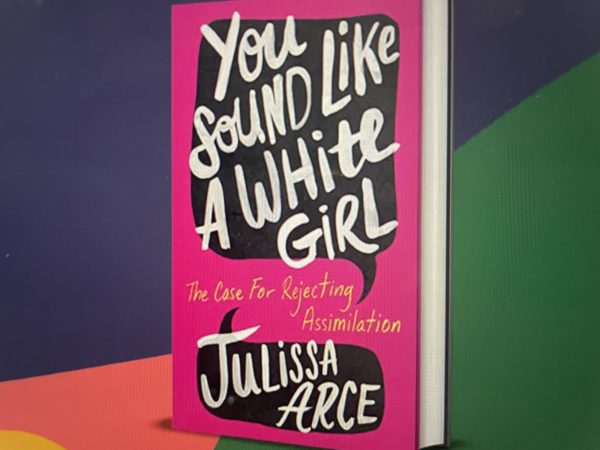Unconventional Media, Social Movements
Conventional media has been the driving force providing people information on the human suffering occurring within their’s and the global community for centuries. Long gone are the days where physical newspapers were the only form of press. Now, an innumerable amount of people carry around a roughly 5.5in by 2.6in device, that allows them almost unlimited access to what is happening in the world, at that very moment in time. As humanity crosses the threshold of time, and enters a new decade, it is important to reflect on the pivotal moments of the 2010’s, and understand how emergence of unconventional media will shape the world moving forward into 2020.
In the 2010’s, society experienced an influx of social and political movements, that begun over dire need for reforms. The emergence of social media and the utilization of fashion allowed for the rapid-fire spread of these movements across the globe.
In America, women around the country kicked off a new-age feminist movement, where they expressed their rights to social, political, and economic equality to men on social media apps such as Twitter. Twitter threads regarding the issue constantly go viral, and are often trending around the world. A person in Malaysia could read a thread, become inspired, and proceed to share their ideas on feminism in their community. Memes- social media posts drafted in an attempt to be funny and lighthearted- have strengthened female togetherness by gradually diminishing negative stereotypes plaguing the female community and pushing female empowerment through the use of comedy.
Along with feminism, America experienced the rise of the Black Lives Matter (2013) and Me Too (2018) movements. After a wave of unprovoked, excessive, and often fatal attacks on Black men and women by the police, the Black Lives Matter movement gained traction, as they attempted to thwart more fatalities, and secure justice for the families of the young men and women who had lost their lives. Many of the murders were videotaped using cellphones, via Facebook Live and Twitch, and even more were posted, and re-posted on Facebook, Instagram, Twitter, ect. The Me Too movement grew in response to a series of sexual misconduct allegations against prominent Hollywood producer Harvey Weinstein. The claims unearthed a slew of sexual harassment allegations against other prominent people in the entertainment, political, and medical sectors. Alyssa Milano posted a tweet with the hashtag, “#MeToo,” and the rest was history.
America was not the only place in the world experiencing an upswing in reform movements; from the Brazilian and Latin American resistance movements, to the Yellow Vests movement in Paris (2018), and finally, the student protesters in Hong Kong (2019) , “the people” have grown restless over inequality, tyranny, corruption of those in power. They have, and still are fighting to have their voices heard, and with the help of the unconventional media, the world is listening.
It is intriguing that in our pockets, we have the power to influence an entire population that may not even be our own. Greta Thunberg is a seventeen-year-old Swedish environmental activist, who utilized her passion and social media to organize a global school strike to push for stronger government action for climate change. In 2019, millions of youth around the world took to the streets and rallied for environmental preservation, in what was called Fridays for The Future (FFF). A climate strike occurred in my city of residence, New York, and while I did not attend, it was astonishing to witness just how much people resonated with and adopted Greta’s views, even if they never met or heard about her. Social media allows for the ideas of a young Swedish girl to spread thousands of miles around the globe, and inspire millions.
Similar to Greta, another teenage girl made use of her social media platform to bring awareness to an issue she held dear to her. Through a TikTok makeup tutorial, Feroza Aziz alerted people about the Chinese government inhumane treatment of its Uyghur people, a minority Muslim ethnic group. The Chinese government is rounding up Uyghur’s and placing them in concentration camps, similar to what the Nazi’s did to its Jewish minority in World War 2. Through an unconventional method- a makeup tutorial- on an unconventional app- TikTok- Aziz amassed a large following, including me, who endorsed her concerns about of small group of people, who are being discriminated against and subjugated. Social media is a powerful tool that when wielded properly and effectively, it sheds light on delicate situations that are often overlooked.
Following social media, fashion emerged as a primary way one could show their support for a cause. In the month of October, people everywhere sport pink in their outfits to support Breast Cancer Awareness Month. They can be decked out from head to toe in pink, or display their support subtly by wearing pink hats or socks, or a pink ribbon. To reduce their carbon footprint and reduce the effects of climate change, many people adopted a more sustainable way of dressing; thrifting clothes instead of purchasing from fast fashion brands that utilize cheap labor, harsh working conditions, and contribute to the atmospheric depletion of the ozone layer, and opting to wear brands that make clothes out of recycled materials. Patagonia and Fjällräven Kånken are examples of brands dedicated to sustainable dressing and stopping the environmental crisis. The Yellow Vests movement in Paris is called “The Yellow Vests movement” because protesters wear yellow vests that symbolizes one of their goals of fuel price reduction (law in France states that motorists must carry around the yellow vests in case of low visibility and emergencies), but more than that, it symbolizes basic, inexpensive clothing of the working class, and a sign of distress- the working class of France is in distress.
Fashion is more than designer garments and luxury, it is an outlet, albeit an unconventional outlet, but an outlet none the less for people to express their concerns.
To understand the human experience is an intricate process and it requires patience and an open mind to consider all angles of a cause. No movement is perfect and sometimes, it may not resonate with me; however, I find all movements important because there was some catalyst that drove people over the edge and forced them to protest. To understand what pushed them to the brink requires me to look at all the sources, even the unorthodox ones. Living as a youth in the 2010s made me more susceptible to engaging with “unconventional media,” and I am thankful. Now, I know the names of those young black Americans who succumbed to police brutality like Renisha Mcbride, Tamir Rice, and Eric Garner, whose last words, forever ingrained in my mind, were “I can’t breathe,” after reading them so many times on t-shirts. And I get excited to like a picture on Instagram when I see women of all shapes and sizes glamorously parading down runways, basking in body positivity brought upon by new-age feminists. It is more than just Instagram and clothes, it’s about understanding and support, and these unconventional methods of media make support readily available to those who need it most.

